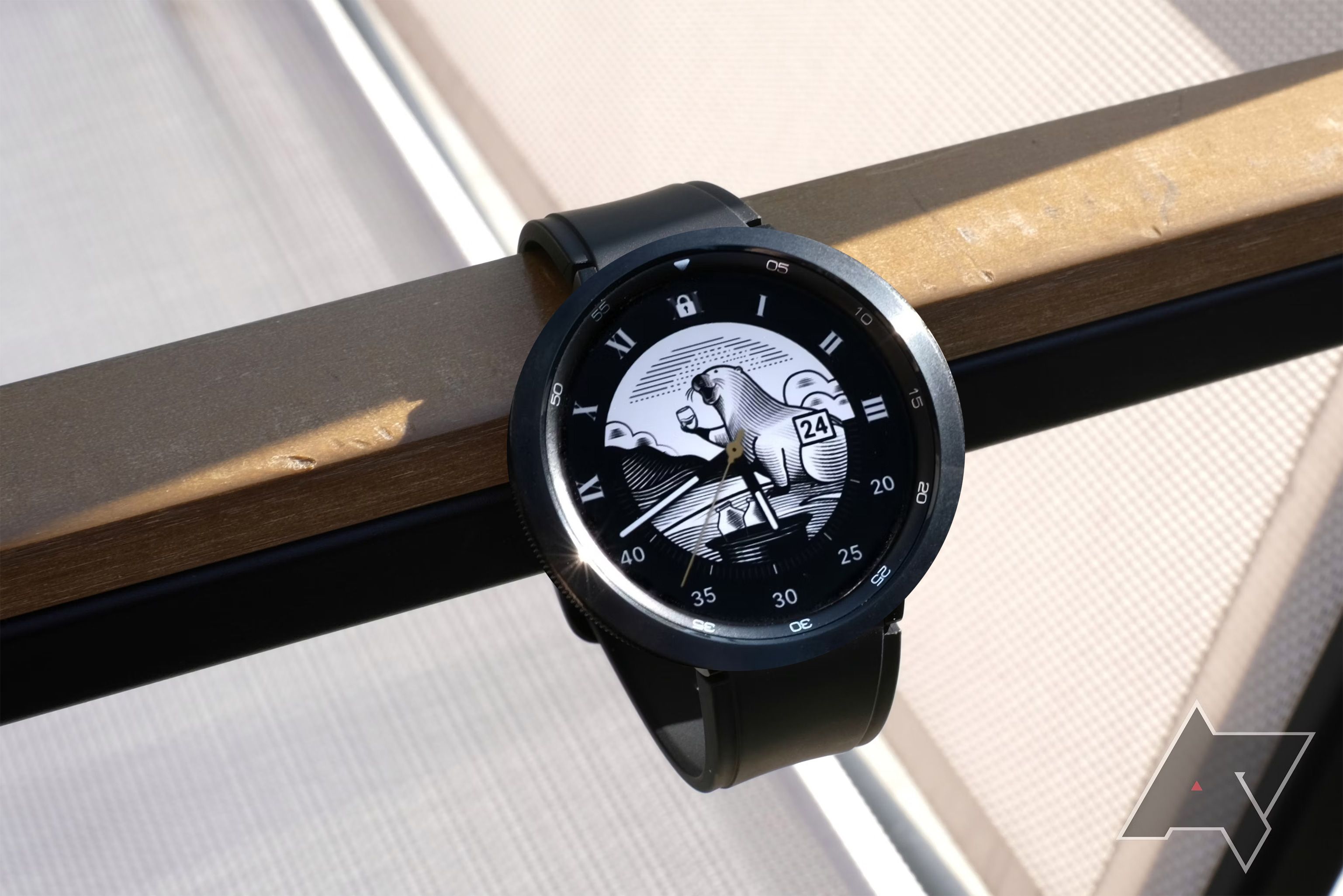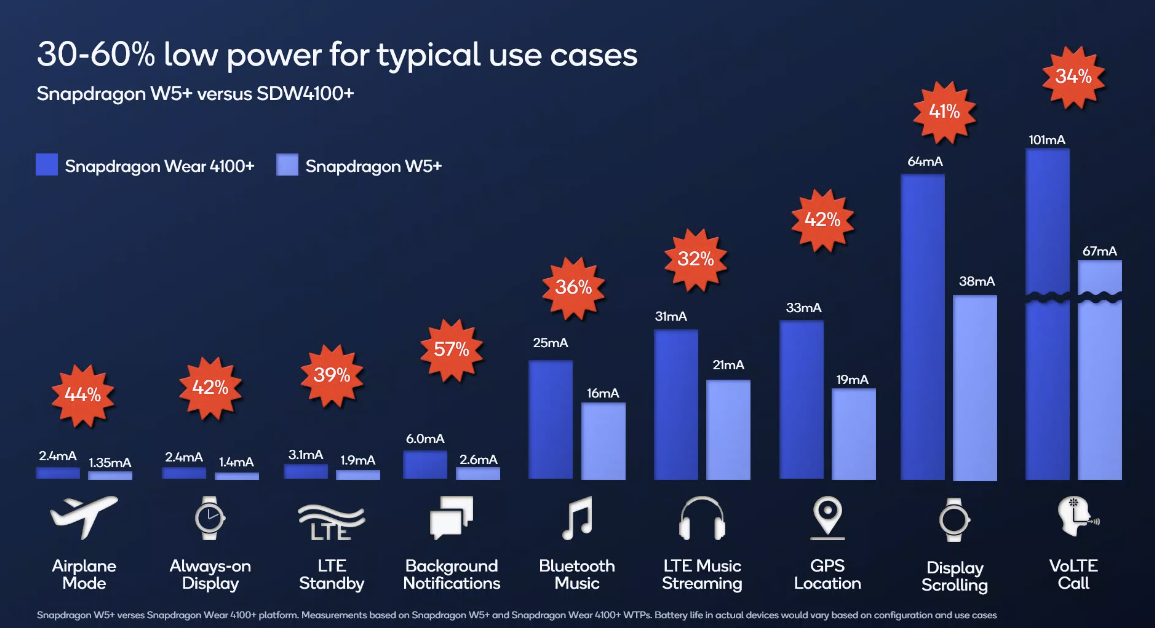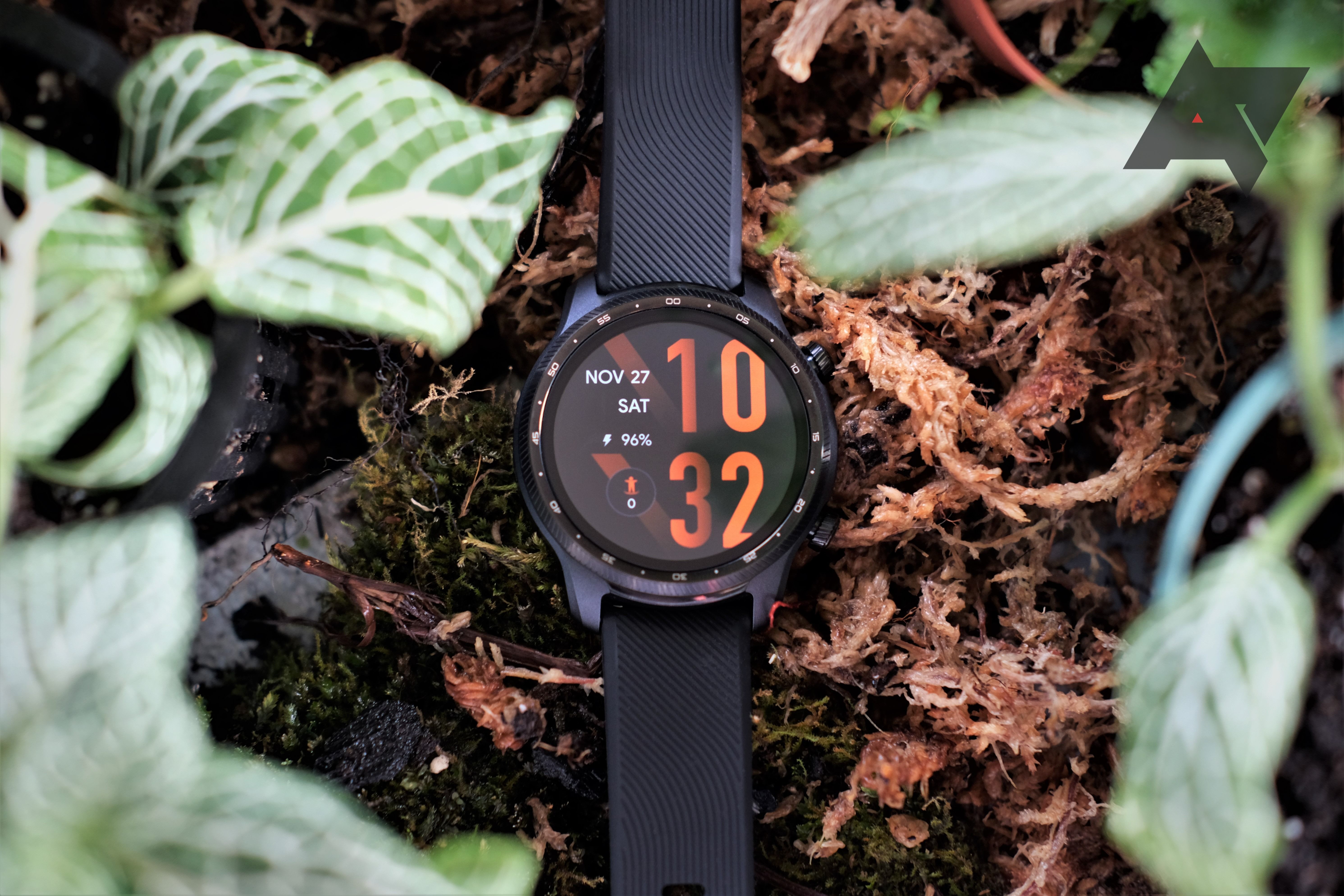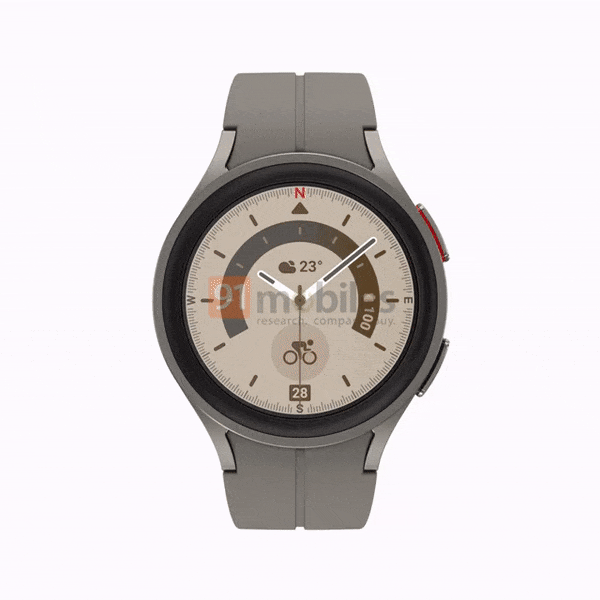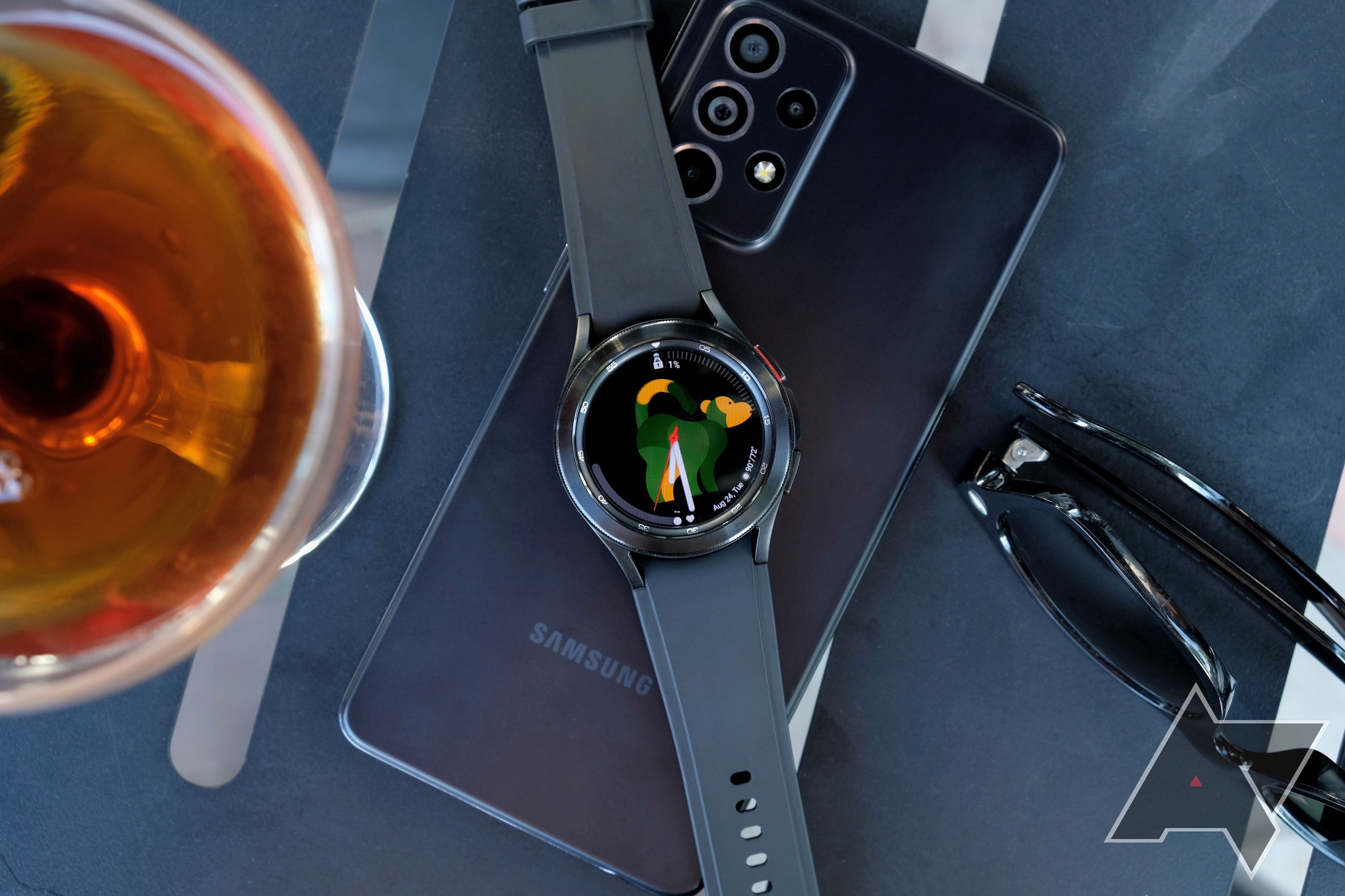As good as the best Android phones can be, Wear OS hardware has always lagged behind. Although plenty of wearables have found die-hard fans willing to put up with the platform's limitations, in the eyes of many potential buyers, we're coming up on ten years without a smartwatch that doesn't require overlooking a long list of potential cons. Even as performance improves, battery life remains a struggle on most wearables. As we enter the second decade of smartwatches, manufacturers are turning to the same strategy smartphone makers adopted years ago: just make 'em bigger.
No matter how good modern smartphone CPUs have gotten at not destroying your battery life, it's clear that the most significant factor making a difference on Android is capacity. Companies like Samsung, Google, and OnePlus have turned to bigger phones to lengthen how long each charge lasts. Bigger bodies, bigger batteries, longer battery life. It's a simple equation that guarantees multi-day usage on everything from budget phones to flagships, and — bonus — those big screens can attract users in carrier stores to devices they otherwise would ignore.
It's not hard to find proof of just how important larger batteries are. Compare the notoriously power-hungry Pixel 4 with its successor, the Pixel 5. Despite similar physical footprints, Google squeezed a 4,080mAh cell into its 2020 release, compared to just 2,800mAh in its predecessor. The result was obvious: the Pixel 4 could barely get through a single day's worth of use, while the Pixel 5 just kept going and going.
That's not to say mobile chipsets aren't improving. The new Snapdragon W5+ Gen 1 that Qualcomm recently announced isn't just an upgrade from the aging 4100 series — it's a leap in quality that has no doubt earned its revised naming scheme. It's hard to overstate what moving from a 12nm node to a 4nm node can do for future wearables, and not just for performance. A smaller design means more space inside the watch for larger batteries. Combined with the improvements to Qualcomm's low-power co-processor, it's no wonder the company is claiming a 50% gain in battery life for all wearables, regardless of current battery size.
Of course, it's not as simple as it sounds on paper. With smartphones, you have a lot more flexibility on the size of your battery. Wearables have to work within relatively strict physical footprints, especially when it comes to designing for smaller wrists. Even large models attempt to keep their weight below a certain threshold; otherwise, the watch becomes annoying and cumbersome to wear. It's likely why most current-gen wearables all use similar sizes of battery. Samsung's Galaxy Watch 4 and its Classic counterpart, Mobvoi's TicWatch E3, Fossil's Gen 6, and even Apple's most recent iteration of the Watch all use batteries ranging between 300mAh and 400mAh.
So far, the quest to reach multi-day battery life on wearables — especially as sleep tracking continues to serve as a selling point — has ignored increasing battery capacity for relying on feature limitations. Companies have turned to ultra power-saving modes that disable many of the things that make a smartwatch "smart," utilized E Ink displays in lieu of traditional LCD panels, and transformed basic fitness trackers into "lite" smartwatches, but all of these attempts come with their fair share of caveats. This isn't just an Android problem — the Apple Watch Series 7 doesn't make it far past a day in regular use, either, even running on the company's own silicon.
The Mobvoi TicWatch Pro 3 Ultra.
At the end of the day, it's clear that only one thing will fix this: big batteries. Mobvoi learned this with the TicWatch Pro 3 Ultra, a device that used its larger, bulkier footprint to squeeze in a (relatively) massive 577mAh battery. That's nearly double the capacity found in some modern smartwatches today. Despite still running on aging hardware and software, this particular wearable reaches a minimum of two days — even without its dual monochrome screen.
In many ways, the TicWatch Pro 3 Ultra is a sign of what's coming for wearables: big batteries, bigger bodies. We're about to see it in the Galaxy Watch 5 Pro, which promises a larger frame paired with increased battery capacity, rumored to hit multi-day performance — a first for Samsung's wearables. We'll likely see it from the Apple Watch this fall, as rumors of a rugged edition paired with a bulky body continue to spawn online. We're probably going to continue to see it from companies like Mobvoi and Fossil, who stand to gain a lot from the Snapdragon W5+ Gen 1, as well as Wear OS 3, as their next-gen wearables begin to ship this year.
Look at that chonky render of the Galaxy Watch 5 Pro.
All these rumors seem point to us entering an era of big smartwatches. For better or worse, wearables are on track to follow the path laid out by smartphones over the last ten years. Larger screens, larger bodies, larger batteries. None of this is to say that smaller gadgets will disappear from the market — we know the Galaxy Watch 5 will come in a smaller size — but don't be surprised if 46mm watches become the new standard, just as 6.1" screens on smartphones transformed to behemoth phablets to the "small" model in just a couple of years.
It helps that larger watches have been "in" for a while — so long, in fact, that smaller watches are making a comeback in the fashion industry. Even so, large watch faces remain an industry standard, and tech companies are finally looking to step up to the challenge. The next few years of wearable of hockey puck-sized devices strapped to our wrist, all in a quest to boost sales and convince users that a watch with multi-day battery life is finally the one worthy of your hard-earned cash.
As smartwatches look to replace your phone on a night out, track your sleep and your daily fitness routine, store your favorite songs and podcasts, and control your entire ecosystem of smart home devices, ensuring these gadgets can last well into a week without requiring a charge is a necessity, not an optional feature. Whether consumers are willing to adopt heavy, bulky devices remains to be seen, though if smartphones act as a harbinger of what's to come, it might be time to get used to larger gadgets on your wrist.

